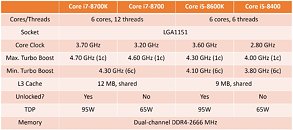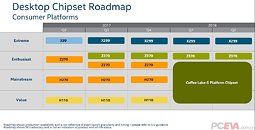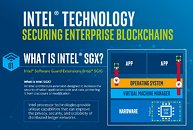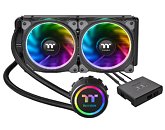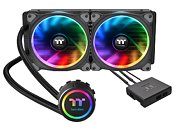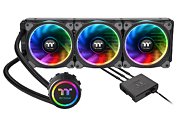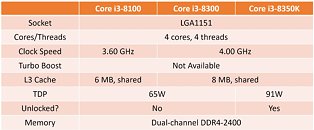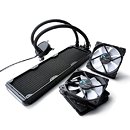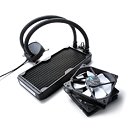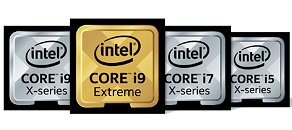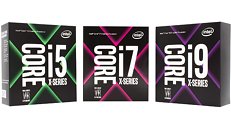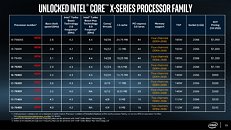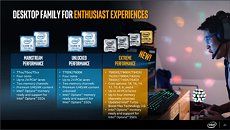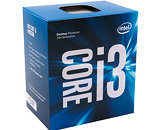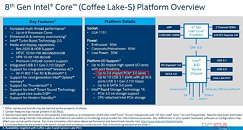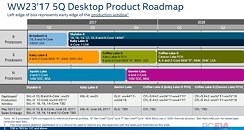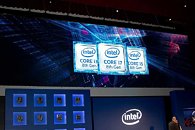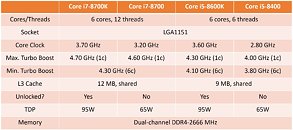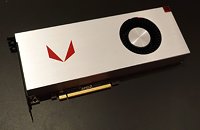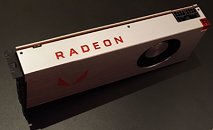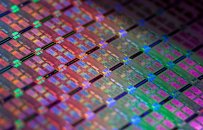
GIGABYTE Boosts Intel's Xeon Scalable Platform With Triple GPU Support
GIGABYTE is gearing up for the release of the first GPU-supporting server based on Intel's Skylake Purley architecture. Leveraging the latter's scalability - which can be applied across compute, network and storage applications - GIGABYTE has committed its design expertise to a high-performance system with GPU-focused, OCP-based and other add-on functionality. This server adopts Intel's new product family - officially named the 'Intel Xeon Scalable' and its increased I/O options to deliver a truly high-performance, flexible system.
GIGABYTE's new system takes advantage of the performance benefits that Intel has built in to target a range of segments and created a system that meets HPC needs.
GIGABYTE's new system takes advantage of the performance benefits that Intel has built in to target a range of segments and created a system that meets HPC needs.



